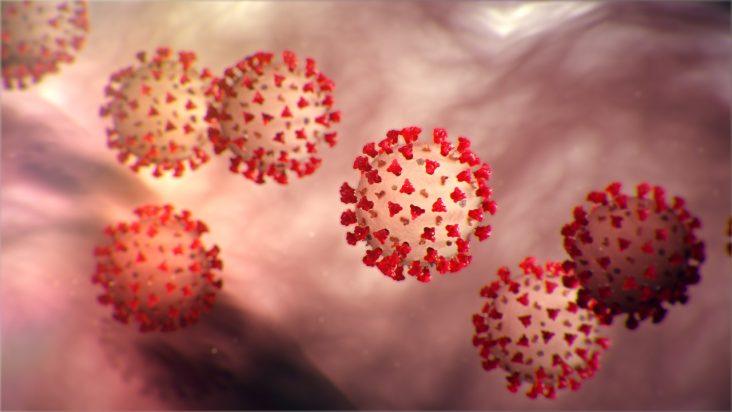State to ramp up contact tracing efforts
by June 5, 2020 4:56 pm 694 views

Arkansas’ number of COVID-19 cases continues to rise and state officials are pushing for a better contact tracing system, Dr. Jennifer Dillaha, infectious disease specialist at the Arkansas Department of Health, said Friday (June 5).
There are about 240 staffers dedicated to tracing who may have come into contact with an infectious COVID-19 patient and the plan is to add another 100 volunteers in the coming weeks, Arkansas Secretary of Health Dr. Nate Smith said.
The contact tracing plan is two-fold, according to Gov. Asa Hutchinson. The state wants to find as many people as possible that may have come into contact with an infectious person, and it wants to develop the tracing infrastructure Arkansas will need if the disease re-emerges in the fall.
“The plan is to investigate every case … we need to beef up our personnel that can do contact tracing,” he said.
Even as tracing expands, the number of new cases and deaths continues to rise. Known COVID-19 cases in Arkansas totaled 8,651 on Friday, up from 8,425 on Thursday. Of the total cases, 2,422 are active cases. The number of deaths rose from 151 to 152. The number of COVID patients hospitalized in Arkansas was 137 on Friday the same as on Thursday. There are 32 patients on ventilators, the same as Thursday. There are 6,077 Arkansans who have recovered.
As of Friday at 1 p.m., there were 1,860,8907 U.S. cases and 107,474 deaths. Globally, there were 6,570,362 cases and 387,634 deaths.
State officials took the case batch from June 1 that totaled 190 cases and conducted in-depth research. Of the 190, at least 144 patients were contacted and about 220 secondary contacts were identified, Smith said. Identifying those exposed is key to quarantine efforts that slow the spread of the virus, he added.
The process of identifying these potential contacts begins when a person tests positive, Dillaha said. A nurse from the Arkansas Department of Health will contact the patient and ask a series of questions. Those questions include when symptoms first emerged, who else lives with them, what activities do they take part in, where do they work and other questions.
A list of potential contacts is composed. Officials then reach out to those contacts to let them know of a possible exposure, she said. It can take days to reach even someone who has the disease and it can take even longer to reach all of those contacts, she added.
The goal is to get those exposed tested and to possibly self-isolate if symptoms emerge.
Information gleaned from the data from the June 1 study indicated that several normal activities such as going to a salon or gym are not spreading the virus at a higher rate than other activities, Smith said.
Out of the 190 new patients, only one had visited a gym, and one had been to a day care. Two had been to a barbershop, and three had visited a hotel. At least three had been to a doctor and/or a medical facility. At least 39 of the new cases were connected to the poultry industry.
These patients may have visited these places, but there’s no evidence that they were infected in these environments. He noted that eight were in nursing homes, and one came from the state’s prison system. About 19 have recovered from this group and there was one death.
